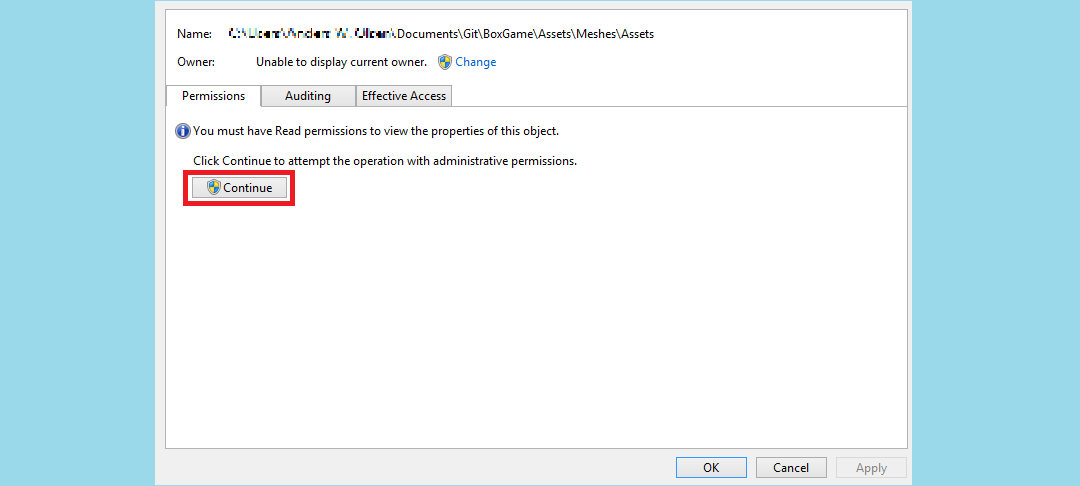
System Restore creates points that are the exact image of your essential system files (drivers, registry, keys, system files, installed programs, etc.) on a given date and time. Using these points, Windows can restore your computer to an early date, which is especially useful when the system files are corrupted or damaged.
While it is best if you create several System Restore points from time to time, malfunctions can cause System Restore points to be deleted or go missing. In this article, we will help you recover those restore points on Windows.
How to Find System Restore Points
Fortunately, there might be the off-chance that your system points are still secure and never got deleted in the first place. As a result, we have compiled a few methods to find your restore points.
Broadly, there are three main methods to locate your system restore points:
Method 1: Through the User Interface of System Restore
- Start the Run dialog by pressing Windows key + R.
- In the open dialog box, type rstrui and hit Enter to open System Restore, then click Next.
- You should now see a window with current restore points, with their creation date and time, a description, and type.
 If you have more points, you can navigate through them with the Show more restore points box and use the Scan for affected programs button to see which installed programs will be affected by the currently selected restore point.
If you have more points, you can navigate through them with the Show more restore points box and use the Scan for affected programs button to see which installed programs will be affected by the currently selected restore point.
Method 2: Manually Navigating to the Restore Point Files
Physically, the System Restore point files are located in the root directory of your system drive (by default, C:), in the folder System Volume Information. However, users don’t normally have access to this folder.
Here’s how you can access this directory:
- Open Control Panel > File Explorer Options > Folder Views.

- Uncheck the box next to Hide protected operating system files and click Apply. Although the folder Systems Volume Information will now appear, you will be denied access.

- To Gain access to the folder System Volume Information, right-click on the folder and select Properties > Security > Advanced.
- Click Continue to get access permission to the Windows system folder that contains System Restore point files.

- Click Add and enter the name of the user that should be granted access rights. Click Ok.

- Check the box in Basic permissions next to Full control and click OK.

Now your user account appears in the Permissions list, and you have access to the folder System Volume Information.
Method 3: Using Command Prompt
The Command Prompt is another method that can show you how to find restore points in Windows.:
- Press Windows key + R to open the Run dialog, then type cmd and then press CTRL + SHIFT + ENTER to open Command Prompt in admin/elevated mode.
- In the command prompt window, type any of the commands below and hit Enter for what you want to view. Use the appropriate drive letter in the command. Usually, it’s the C drive containing your saved restore points.
| CMD Command | Significance |
|---|---|
| vssadmin list shadows | View all available restore points for all drives |
| vssadmin list shadows >"%userprofile%\Desktop\Restore Points.txt" | List all available restore points for all drives to a text file on desktop |
| vssadmin list shadows /For=C: | List all available restore points for a specific drive |
Exit CMD prompt when done reviewing.
Note: The output of any of the commands will list all restore points on all or specific drives. You will see the volume drive letter and shadow copy ID number for each one.
How to Recover Deleted System Restore Points
It is possible to recover restore points from the System Volume Information folder in the Safe Mode on Windows. However, you always run the risk of being unable to use it properly. If your restore point is incorrectly configured or corrupted, you can cause the system to crash. Trying to restructure a restore point accurately and without errors is very tricky, and is best not attempted.
However, if you choose to go this route, here’s how you can try to find your missing restore points in Safe Mode:
- Hold down the Shift key while restarting your computer: Start Menu > Power > Restart.

- Choose Troubleshoot from the window and then select ‘Advanced Options’.
- Now, choose Startup Setting and then Restart.

- After that, select the Enable safe Mode with Command Prompt option.

- When the command prompt window appears, input rstrui.exe and click Enter.

- Click on Next to see the available restore points. Select any restored point and click on Next to undelete System Restore points.
- After that, confirm the restoration process and click on Finish to initiate the restoration process.

How To Recover Data Lost in Deleted Restore Points
It is impossible to recover deleted personal files with System Restore. It doesn’t record any personal data created by users, such as program files. However, Systems Restore can help by returning your computer to a fully functional state.
As a result, you can successfully recover personal files with third-party recovery tools such as Disk Drill. Data recovery tools can help you recover several different types of data, including deleted program files as well.
In addition to retrieving your personal files, data recovery software are often equipped with data protection and backup tools to avoid future data loss.
Here’s how to recover restore points with Disk Drill:
- Download the setup for Disk Drill and install it on your computer.

- Launch it and click Search for lost data next to the location where you lost your files before the Systems Restore.

- Wait for Disk Drill to analyze the selected location and choose the files you wish to recover.

- Click the ‘Recover’ button to begin the recovery process.

- Your recovery process is complete, and you should see your personal files in the new location you chose.

Pro Tips for File Recovery
- Make sure you recover the files to a new location to avoid further data loss.
- Immediately suspend all activities besides data recovery on your drive. If you continue to use the drive, you run the risk of overwriting your data and never recovering it.
How Do System Restore Points Get Deleted?
It can be confusing to know that despite being an automatic feature, System Restore points can be deleted. However, this problem is quite common, and can be due to any of the following reasons:
- 💻 Upgrading or reinstalling the operating system. System Restore points are specific to the current build of your operating system. When you upgrade or reinstall the operating system, the older System Restore points are no longer applicable to the newer version of Windows. As they become irrelevant, Windows has a feature that deletes them automatically.
- 0️⃣ You are running low on disk space. Windows keeps optimizing its use of storage space. When the system is running low on space, System Restore may delete older restore points to free up space. If you don’t want to lose older restore points, ensure that your disk has enough space to save all restore points.
- ❌ Windows automatically deleted the restore point. By default, System Restore points are deleted once they are 90 days old. While Windows does this to save space, the amount of space taken by restore points varies by the build of Windows.
- 💨 Presence of USB turbo-boosters. If you use USB turbo-boosters such as SRock, XFast USB, they can affect Volume Shadow service. Before creating restore points, you need to remove them.
- 📑 Defragmented page file. If no restore points have been created in Windows 10 after restarting it, your page file might be defragmented. It would help if you recreated it.
- 🤖 Corrupt files. If the System Restore has corrupt files, your restore points will be deleted. You can check the presence of corrupt files by running “sfc/scannow”.
How Can I Prevent Auto-deletion of System Restore points?
It is not possible to stop Windows from auto-deleting System Restore points that are older than 90 days. However, you can stop it from deleting restore points to make more space.
You can very simply increase the maximum space available for System Restore by following these steps:
- Type Control Panel in the Search Bar on your Start Menu and open it.

- Navigate to System and Security > System > System Protection.

- Click on Configure and then slide the Max Usage slider to increase the available disk space for System Restore.

Doing this should make more space available for System Restore and prevent auto-deletion of points.
Conclusion
If you have accidentally deleted your System Restore points, you can recover them using several manual methods. However, these are often time-consuming and confusing. Additionally, they will not help you recover your personal files.
If you have lost your personal data, a quick and reliable solution is to use third-party recovery tools. Such software will help recover most of your personal data, and often help protect your files from future data loss.
We hope that our article has helped you regain access to your lost System Restore points!




